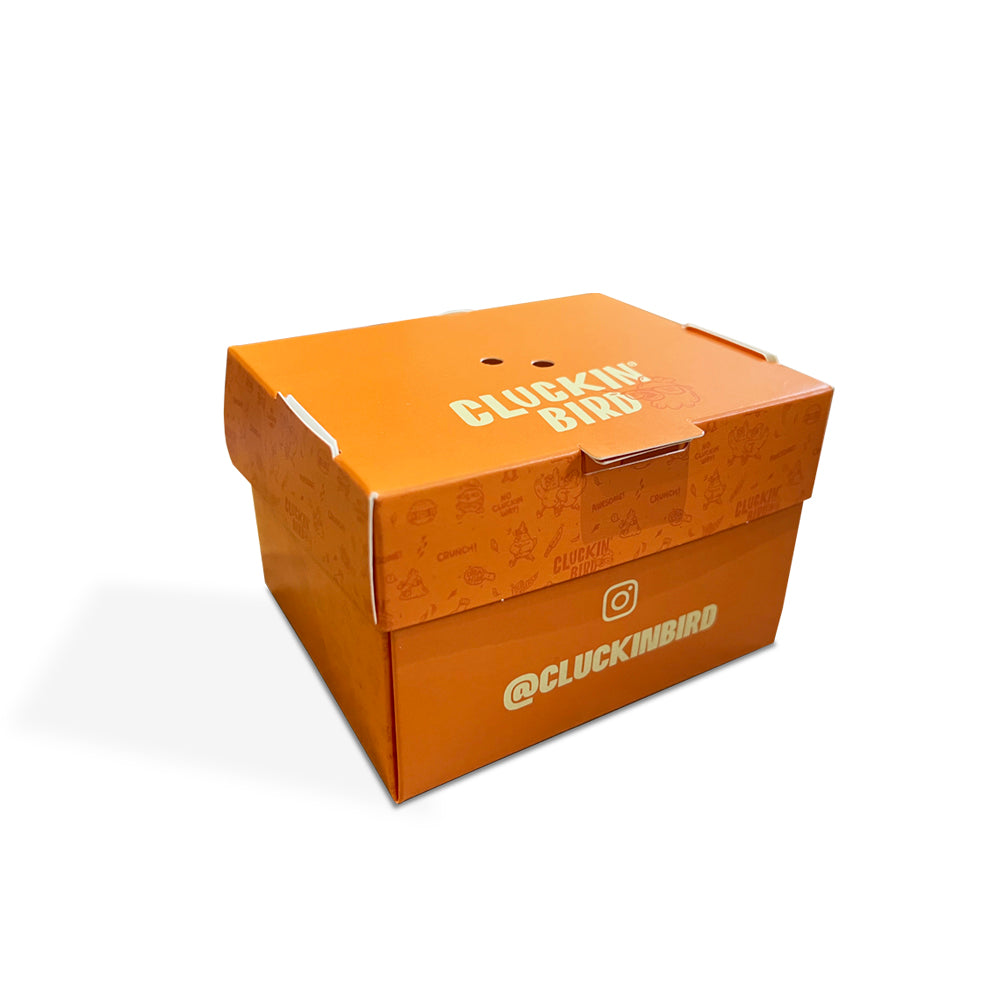The Evolution of Wine Packaging A Blend of Tradition and Innovation
Wine has been a cherished beverage for centuries, enjoyed across cultures and continents. However, the way we package wine has undergone significant transformations, reflecting changes in consumer preferences, technological advancements, and environmental considerations. The packaging of wine is not merely functional; it serves as a critical component of marketing, aesthetics, and sustainability.
Traditionally, wine was stored in glass bottles sealed with corks. This classic packaging method dates back to the 17th century and is still widely used today. Glass bottles provide an elegant presentation, enhancing the perception of quality and tradition associated with wine. The cork, often made from the bark of the cork oak tree, is revered for its ability to allow a small amount of oxygen to interact with the wine, aiding in its aging process. However, corks come with their challenges, including the risk of cork taint, which can spoil the wine and compromise its flavor.
As consumer preferences have evolved, so too have wine packaging options. In recent years, alternative closures such as synthetic corks and screw caps have gained popularity. Synthetic corks eliminate the risk of cork taint and provide a consistent seal, while screw caps offer convenience and ease of use, making them particularly appealing to younger, more casual wine drinkers. These closures have opened the door to a wider demographic and helped demystify wine consumption.
Boxed wine has also made a remarkable resurgence, challenging traditional perceptions of wine packaging
. Once associated with low-quality wine, modern boxed wines now offer high-quality options that are often more affordable and environmentally friendly. The modern box, typically made from cardboard, is lightweight and can hold several liters of wine, making it practical for gatherings and outdoor events. Additionally, the packaging protects the wine from light exposure, which can degrade its quality, extending its shelf life and reducing waste.wine packaging

In recent years, sustainability has emerged as a critical focus in the wine industry. As environmental concerns grow, wineries are increasingly seeking eco-friendly packaging solutions. Lightweight glass bottles reduce the amount of raw materials used and decrease transportation emissions. Additionally, some wineries have turned to biodegradable or recyclable materials, employing innovative designs that make their packaging more sustainable without compromising quality. For instance, some producers are using aluminum cans as a packaging alternative, offering a modern twist that appeals to environmentally-conscious consumers.
The design of wine packaging also plays a significant role in attracting customers. Eye-catching labels and unique bottle shapes create a distinct brand identity, allowing wineries to stand out in a competitive market. Minimalistic designs, vibrant colors, and creative illustrations can communicate the wine's characteristics and story effectively. This aesthetic appeal is particularly important in a world where online shopping and social media influence purchasing decisions.
Moreover, technological advancements are shaping the future of wine packaging. Smart packaging, which incorporates QR codes or NFC technology, allows consumers to access detailed information about the wine, including origin, tasting notes, and food pairing suggestions. This interactivity not only enhances the consumer experience but also fosters a deeper connection between the buyer and the winery.
In conclusion, wine packaging has evolved significantly from its traditional roots, driven by consumer preferences, environmental considerations, and technological innovations. As the wine industry continues to adapt and innovate, packaging will remain a crucial element that combines functionality, aesthetics, and sustainability. Whether through elegant glass bottles or eco-friendly alternatives, the way we package wine tells a story of tradition, quality, and a commitment to the future. With every bottle opened and every box poured, wine continues to bring us together, and its packaging reflects the changing world around us.



